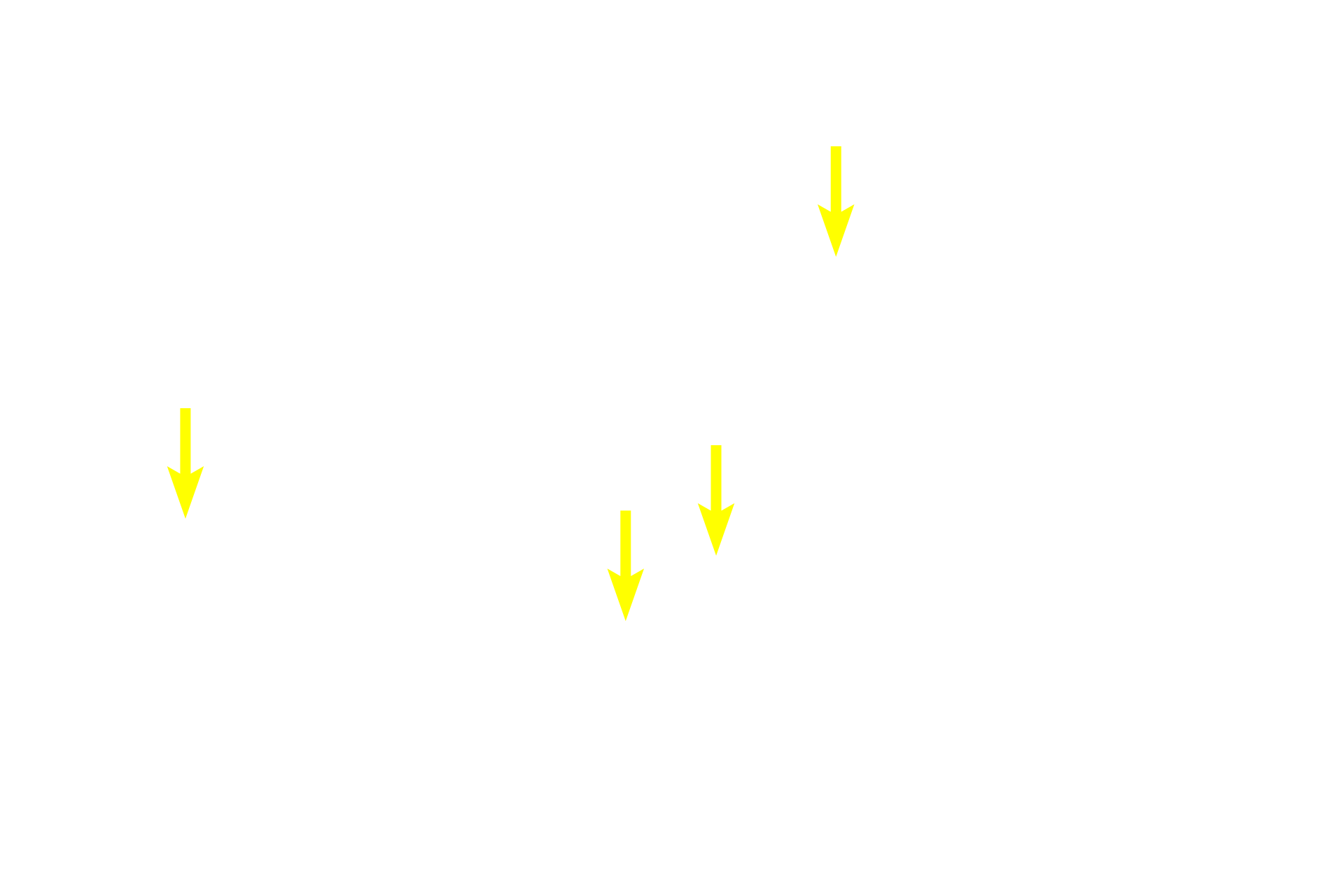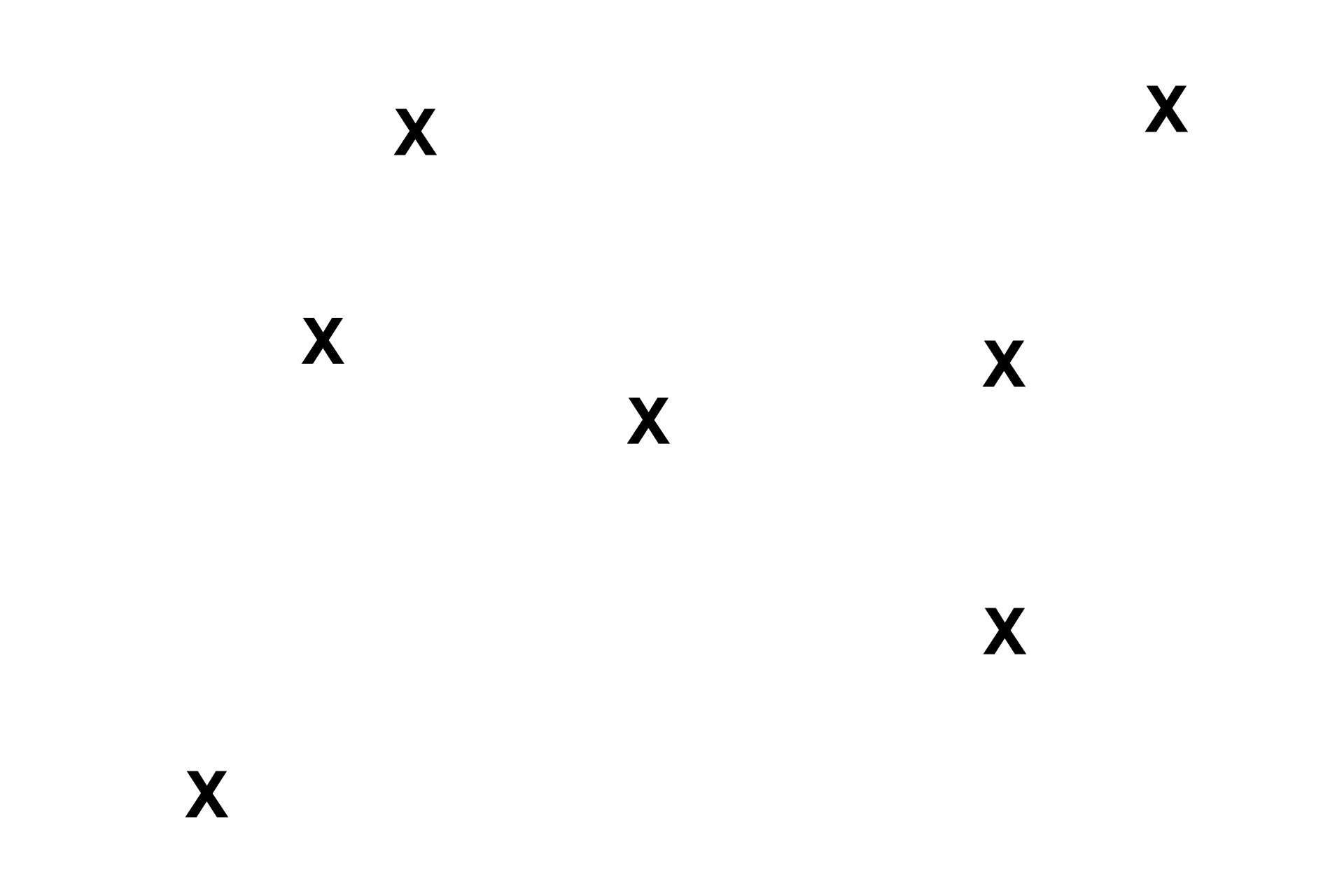
Overview
Because endocrine cells do not release hormones unidirectionally into a duct, they do not show polarity and are not organized into discrete secretory units, such as tubules or acini. Rather, endocrine cells frequently form plates or cords, interspersed with abundant, large-bore, fenestrated capillaries. Pars distalis of adenohypophysis 400x

Peptide-secreting cells >
Peptides form one major classification of hormones. Peptide-secreting cells possess all the organelles needed to produce proteins for export: RER, Golgi apparatus, and secretory granules. Therefore, these cells stain intensely and appear grainy when seen with the light microscope.

- Golgi apparatus >
The Golgi apparatus is responsible for packaging the secretory protein into vesicles. The Golgi appears as an unstained area of the cytoplasm adjacent to the nucleus in these cells.

- Secretory granules >
The content of the secretory granules will cause them to stain differentially. In this image, some cells contain granules that stain with hematoxylin; in other cells, the granules stain with eosin. Secretory granules may be positioned around the entire circumference of the cell, thus validating the lack of polarity in endocrine cells.

Capillaries >
Endocrine glands are highly vascular and possess wide-bore, fenestrated capillaries, which facilitate the uptake of hormone into the blood stream.